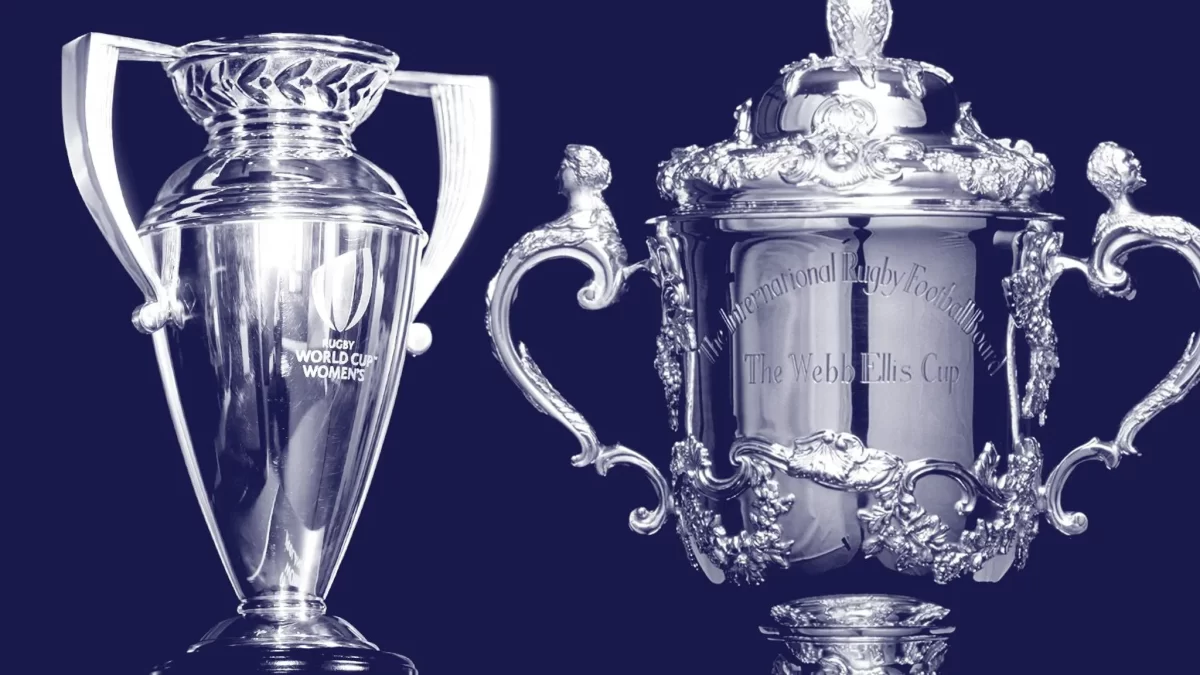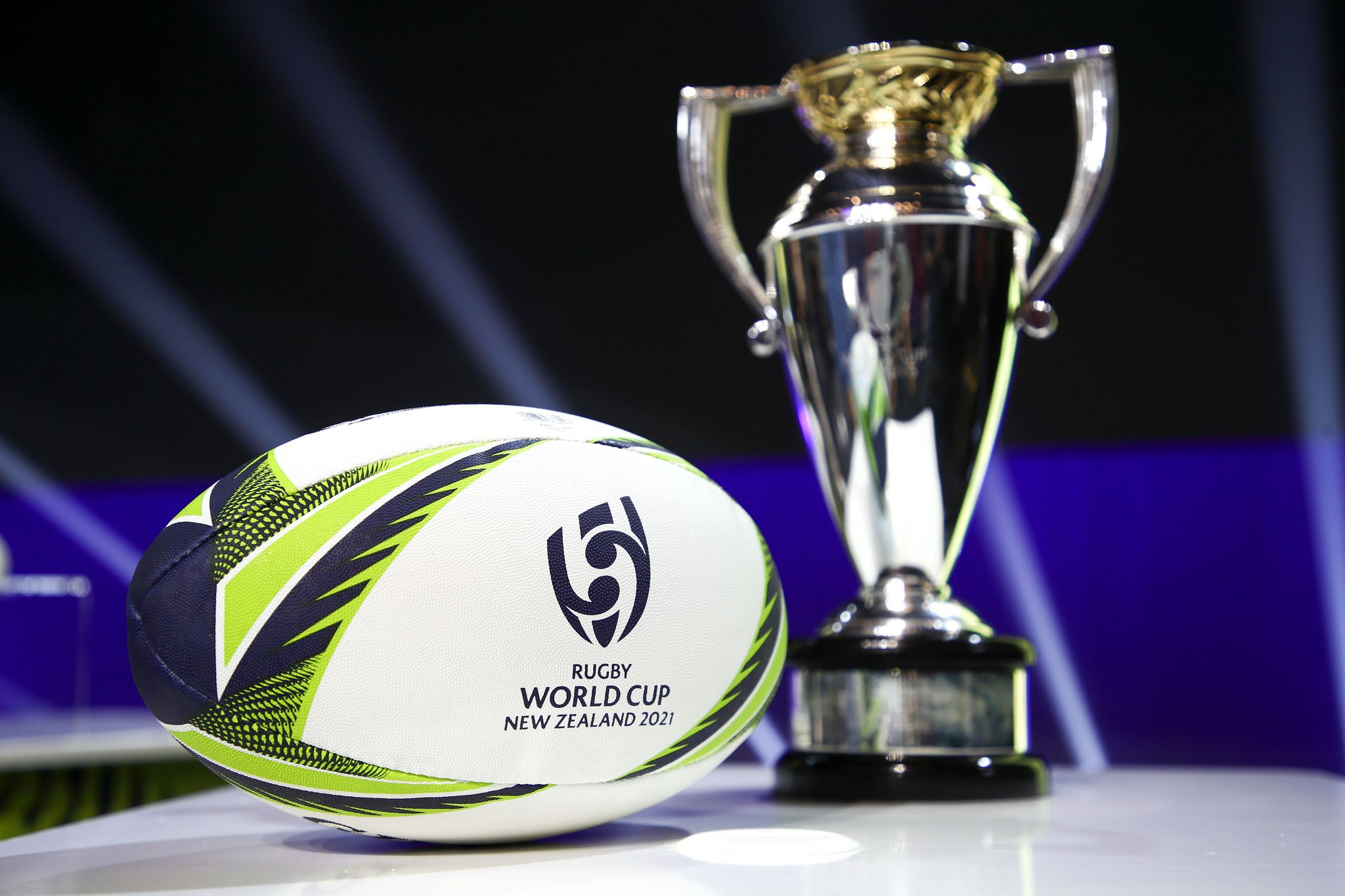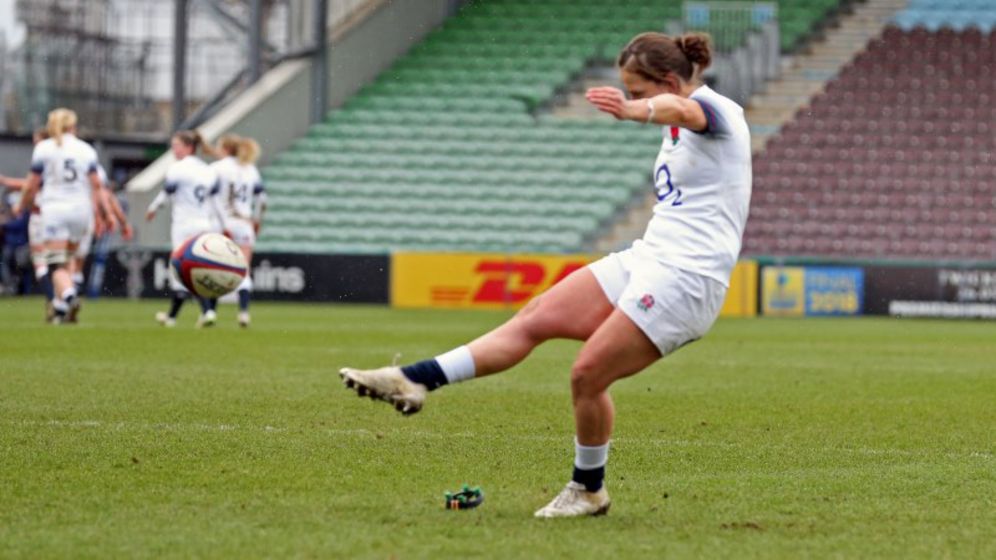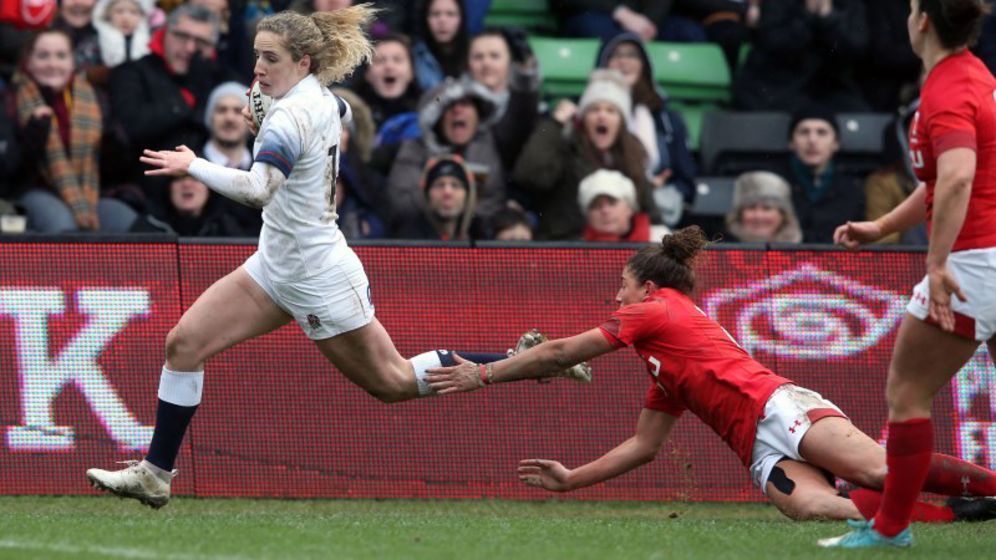At its Annual Meeting in Dublin, World Rugby confirmed the locations for the next three women’s and two men’s Rugby World Cups:
- England to host Rugby World Cup 2025 (women’s)
- Australia to host Rugby World Cup 2027 (men’s) and 2029 (women’s)
- USA to host Rugby World Cup 2031 (men’s) and 2033 (women’s)
World Rugby also confirmed a new partnership approach towards hosting the Rugby World Cup that looks to as they put it “stimulate the dynamic development of rugby globally and increase investment in the women’s game”. It was also confirmed that the 2025 Women’s World Cup will expand to 16 teams.
After the announcement, World Rugby Chairman Sir Bill Beaumont said: “Today, we have approved three exceptional Rugby World Cup host nations – England, Australia and USA – providing unprecedented certainty and an unparalleled opportunity to accelerate the growth and impact of rugby globally. It is great for rugby, for fans and for the host nations.”
“Today is a landmark moment for the sport and exciting development for fans. I would like to congratulate everyone involved in making this dream a reality as we look to deliver a truly global sport for all.”
“We are thrilled to be hosting Rugby World Cup 2025, it is going to be incredible,” said RFU Chief Operating Officer, Chief Finance Officer and former England captain Sue Day. “As we have seen from other home World Cups in cricket, hockey and netball, a Rugby World Cup will further advance all women’s sport.”
Rugby Australia Chairman Hamish McLennan said: “This is a historic day for rugby in Australia. We’re beyond thrilled to be welcoming not one, but two Rugby World Cups to our shores. It’s a game-changer for rugby in this country, a once-in-a-generation opportunity to revitalise and secure the future of the sport here and see the game we all love grow and thrive for years to come.”
“I speak for the rugby community and fans across the United States when I express our sincere gratitude to World Rugby for their trust and endorsement of our vision to grow this incredible sport exponentially across our country.” added USA Rugby Chief Executive Ross Young. “USA Rugby will now venture into a new era and ensure the sport’s most treasured event is a springboard for creating lasting, sustainable enthusiasm and passion for rugby from coast to coast.”
The postponed women’s Rugby World Cup 2021 will take place in New Zealand later this year with the final held at the iconic Eden Park in Auckland on xx November 2022.
If readers are interested in news and ticket information about future Rugby World Cups the sign up here www.rugbyworldcup.com/newsletter.
additional reporting, images: World Rugby






